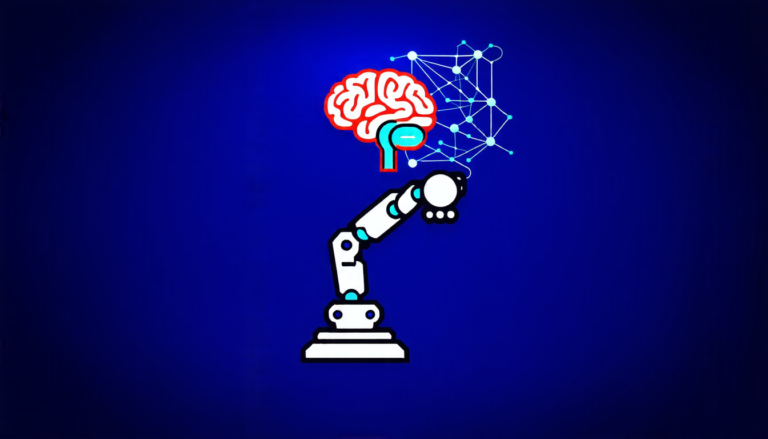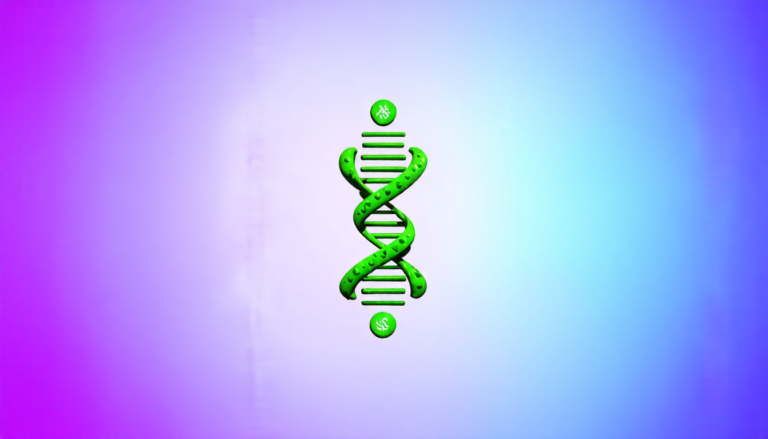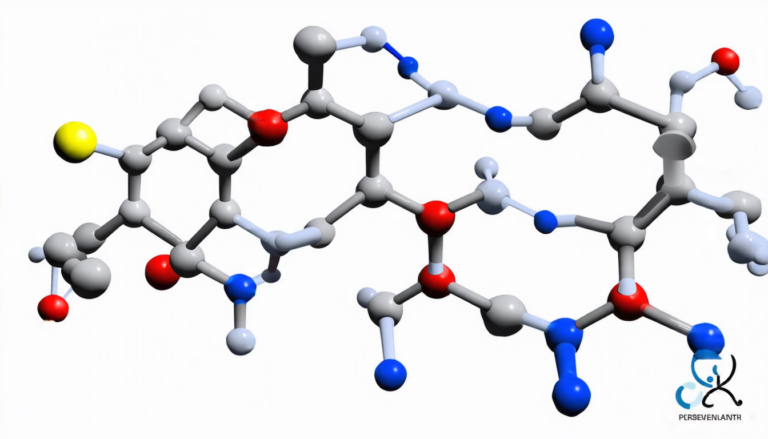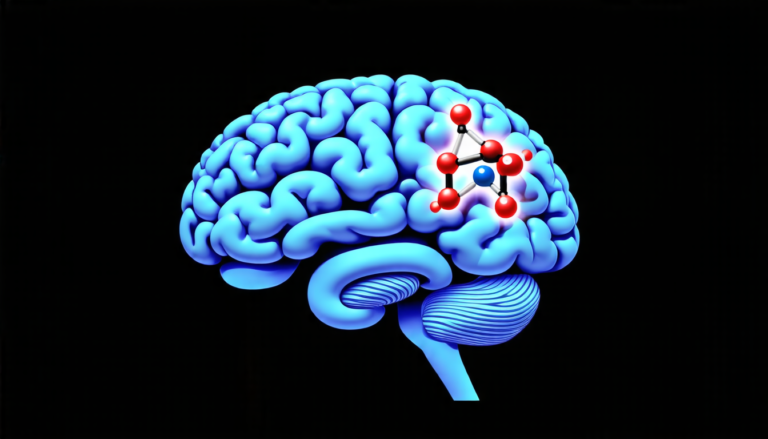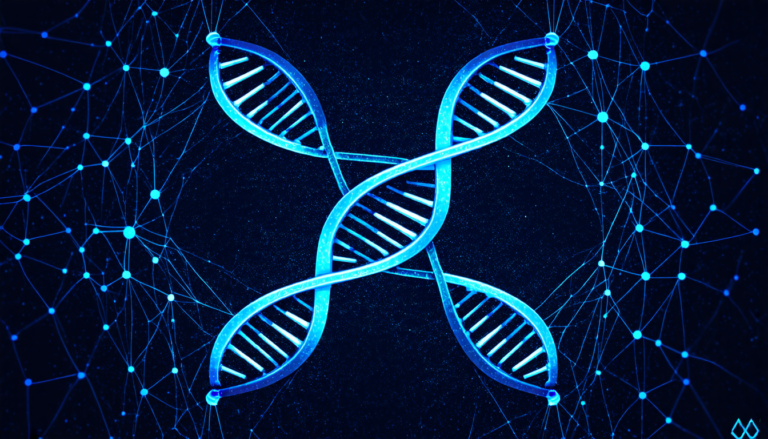Monday 09 June 2025
Scientists have long struggled to develop reliable and efficient methods for predicting the toxicity of new chemicals, a crucial step in ensuring their safety for human use. The challenge lies in the vast number of possible combinations of chemical structures, making it difficult to identify patterns that accurately predict whether a compound will be toxic or not.
A team of researchers has now made significant progress in this area by developing an innovative approach that combines artificial intelligence with traditional chemistry principles. They used a genetic algorithm, which is inspired by the natural process of evolution, to optimize the selection of chemical compounds for toxicity testing.
The researchers started by creating a large database of chemicals with known toxic properties and their corresponding structures. They then designed a system that could generate new combinations of these chemical structures and predict their potential toxicity using machine learning algorithms.
To test the effectiveness of their approach, the team used a set of 10,000 randomly generated compound lists to evaluate the diversity of each list in terms of structural, physicochemical, and toxicity properties. They found that the genetic algorithm was able to identify optimal compound lists that were significantly more diverse than those selected by traditional methods.
The researchers also tested their approach using two specific toxicity assays, one for endocrine disruption and another for developmental toxicity. They used these assays to evaluate the ability of the machine learning models to predict the toxicity of compounds from the optimized lists.
The results showed that the genetic algorithm-generated compound lists were able to provide a more rigorous evaluation of the machine learning models than traditional methods. The models were able to accurately predict the toxicity of compounds in both assays, with higher accuracy and precision than previously reported.
This new approach has significant implications for the development of safer chemicals and the acceleration of the validation process for alternative safety assessment methods. It could also be applied to other fields where predicting toxic properties is crucial, such as environmental monitoring or pharmaceutical research.
The researchers’ innovative use of artificial intelligence and genetic algorithms has opened up new possibilities for optimizing compound selection in toxicity testing. By combining these approaches with traditional chemistry principles, they have developed a powerful tool that can help ensure the safe development and use of chemicals in our daily lives.
Cite this article: “AI-Powered Approach Revolutionizes Toxicity Prediction for Safer Chemicals”, The Science Archive, 2025.
Toxicity Testing, Chemical Compounds, Artificial Intelligence, Genetic Algorithms, Machine Learning, Chemical Structures, Toxicity Prediction, Compound Selection, Safety Assessment, Chemical Development


